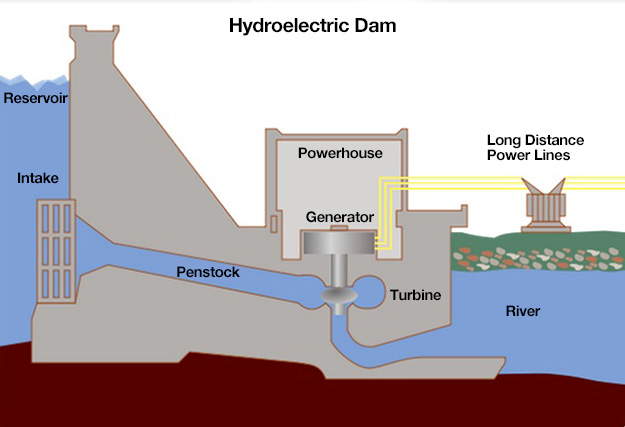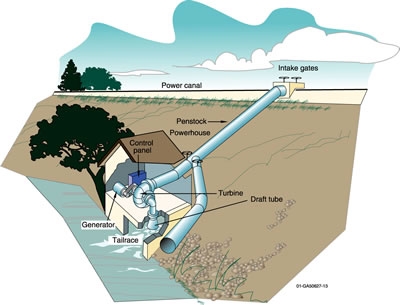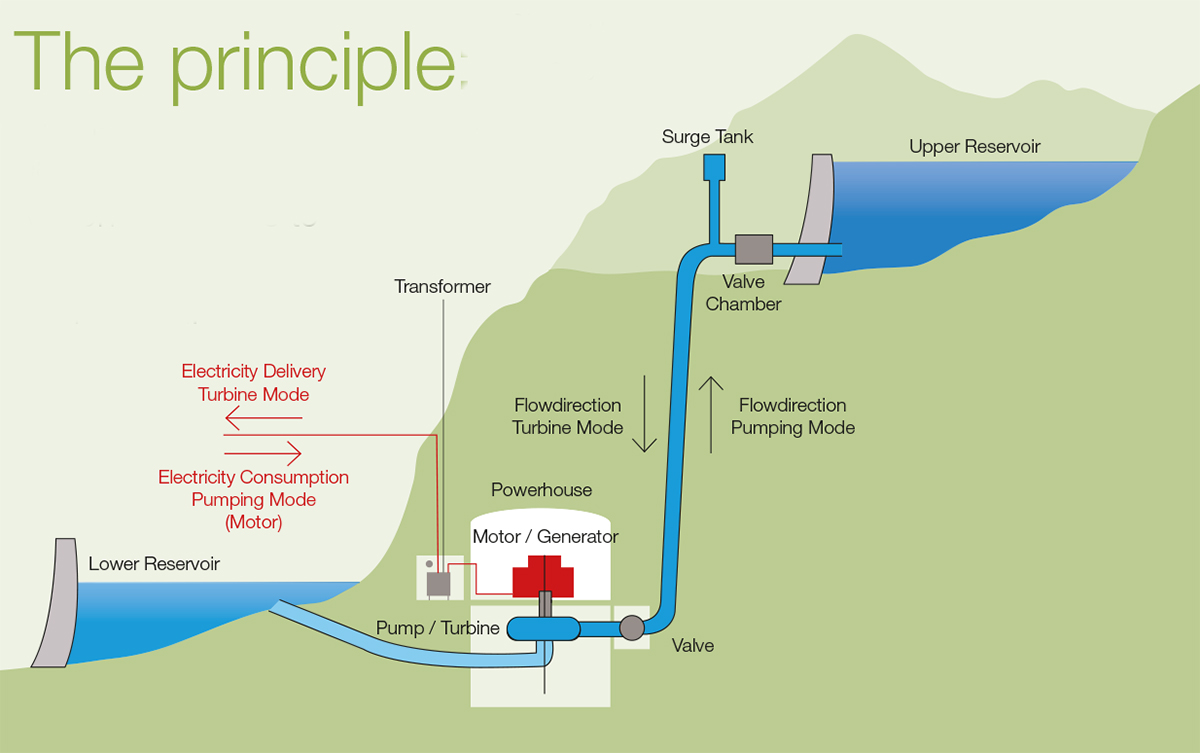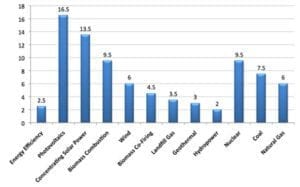Welcome to my first post of semester 2! The RCL blog on this website will now incorporate a Civic Issues slant, for which I will be focusing on sustainability and the environment.
This week I will be discussing water in the context of sustainability, and how we can make it work to our advantage.
Due to the fact that Earth’s surface is about 70% covered by water, it is a large resource we have access to and should be utilizing. One of the most efficient ways to work water to a substantial output is through turning water into hydroelectric power.
According to National Geographic, hydroelectric power (also known as hydroelectricity or hydroelectric energy) is defined as “a form of energy that harnesses the power of water in motion – such as water flowing over a waterfall – to generate electricity”.
This form of energy works by constraining water in one place where the output can flow out if necessary but will stay sealed when no additional power is needed. This constraint on the water makes the harnessed water have potential energy, which becomes kinetic energy whenever the water is released form the barrier and able to flow freely, often through the blades of a generator turbine, which creates electricity and is divided amongst the customers of the hydroelectric power plant.
This energy source has been used for thousands of years, including two thousand years ago in ancient Greece where they used flowing water to turn a large mill wheel, enabling them the ability to turn their wheat into flour.
There are numerous different types of hydroelectric plants: impoundment facilities, diversion facilities, and pumped-storage facilities, to name a few. Each of these hubs of hydroelectric power are unique and have nuanced differences.
Impoundment facilities are where a dam controls a reservoir’s water flow, and releases water from the dam when energy is needed. This water flows downward through a turbine, creating a generator-type set up.

diagram source: here
At a diversion facility, a dam is not used at all. Instead, flowing river water is channeled through canals prior to entering the generator-like turbines. Despite its lack of dam, it has a similar end output to the impoundment facilities due to the shared sentiment of using a generator turbine.

photo source: here
The third main type of hydroelectric power plant is a pumped-storage facility, which collects energy from external sources. Pumped-storage facilities collect solar, nuclear, and wind power and then store this energy to use it in the future. Water is pumped uphill from a lower-level reservoir to a higher-elevation reservoir, and when electricity is needed, water is released from the high-elevation reservoir and flows down to the lower water pool. In a similar way to the previous two types of hydropower plants, pumped-storage facilities use a generator turbine in the way of the water’s gravity rotating the turbine when it flows back down to the lower reservoir.

photo source: here
Now that we have some background information and a basic understanding of hydroelectric power, let’s discuss how hydroelectric power is a large proponent in sustainability.
Hydroelectric power generates about 24% of the world’s electricity, and only about 12% of the United States’ energy generation is through using hydropower. The United States still has a long way to go in terms of sustainability, and it would be a fantastic suggestion for hydroelectric power to be implemented further than it already is.
Some countries, such as Norway, are almost fully powered by hydroelectric energy, which makes the country very environmentally friendly overall. Norway has the advantage of hosting numerous fjords (bodies of water) within its terrain, but the United States is mainly surrounded by water and has many rivers and lakes, and therefore should be utilizing hydropower much more than a mere 12%.
Pumped storage of energy is not only more environmentally friendly than its counterpart of burning coal for energy; it also has many additional benefits. Economically, hydroelectric power is the most cost-efficient way of generating energy.
In the United States, hydropower is produced at an approximated rate of 0.85 cents per kilowatt-hour (kwh). This price is significantly less than the cost of energy alternatives: it is 25% the cost of using natural gas, 40% the cost of using fossil fuel, and 50% the cost of using nuclear energy.
Here is a bar graph from the National Hydropower Association that showcases statistics also proving that hydropower is the most cost-effective form of harnessing and distributing energy. The units of this graph below are cents per kilowatt-hour. It clearly shows that hydropower averages about 2 cents per kwh, while other competitors are much higher.

Overall, the results of this topic easily point to using hydropower more, as it would positively impact the United States environmentally, financially, and sustainably. This sustainability stems from the idea that water is not being used up in these hydropower plants in the same way fossil fuels are, so it will continue onwards without much difficulty and the environment will thank us for it.
Sources:
Andritz: Pumped Storage for the Future
Government Office of Energy Efficiency & Renewable Energy